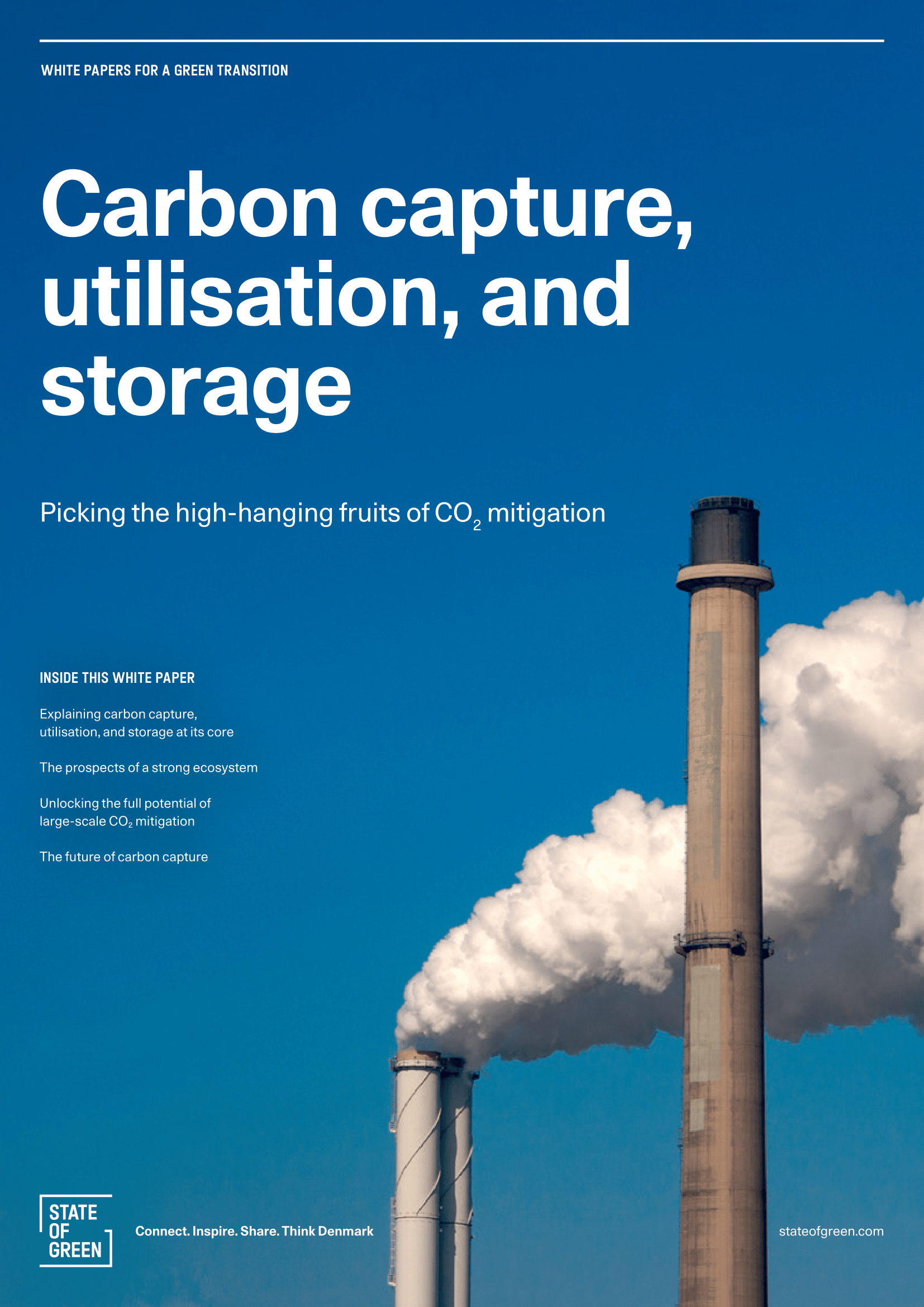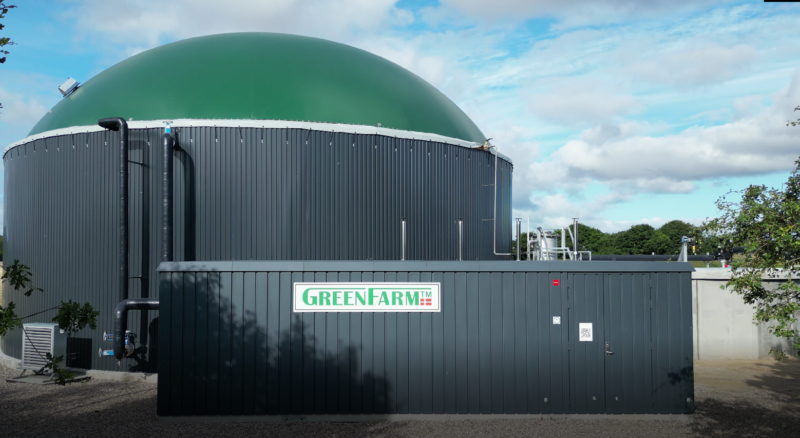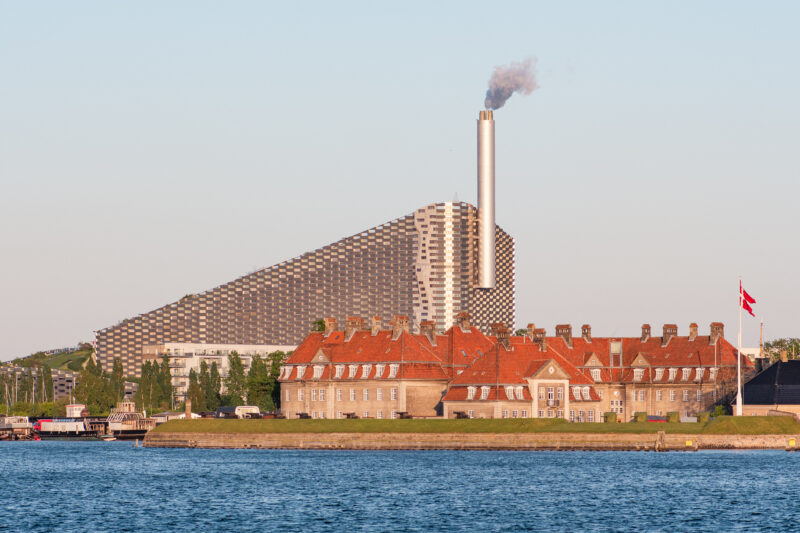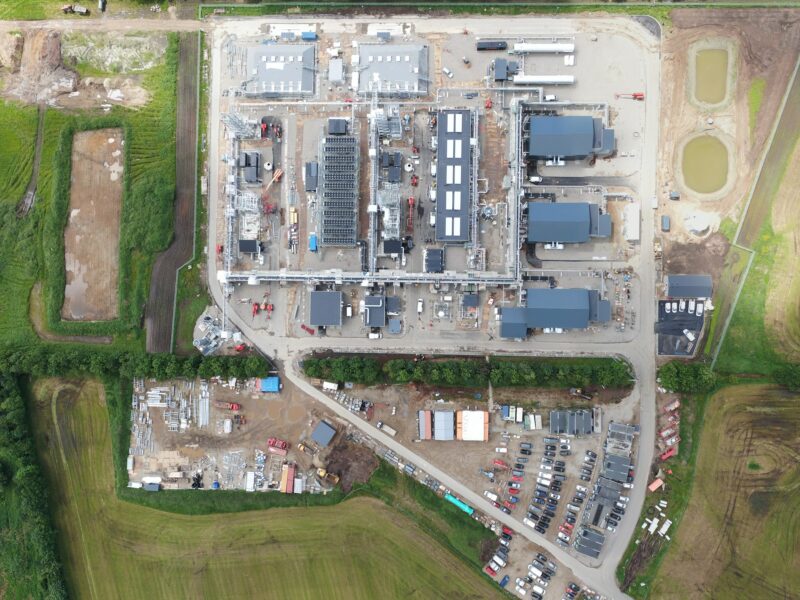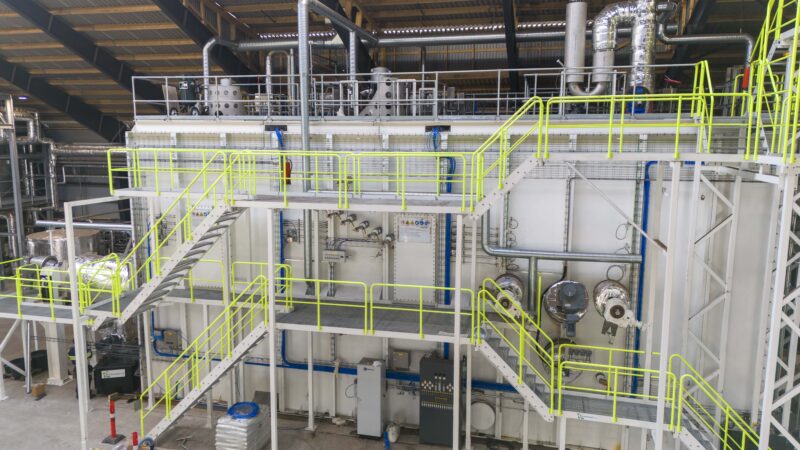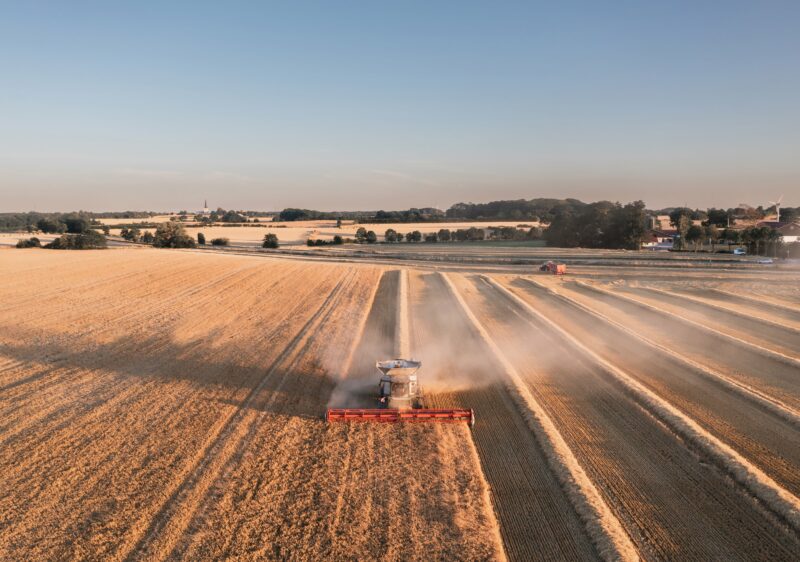The Danish way of conducting public-private partnerships has proven highly successful in devising solutions to sustainable development challenges. The rise of a world-leading wind industry is one example. Another is the stick-and-carrot approach to foster one of the most energy-efficient production sectors worldwide. Those learnings can once again prove valuable in developing an international opportunity to decarbonize societies and reap the benefits of carbon capture, utilisation, and storage (CCUS).
Related news: Denmark bets on carbon capture, utilisation and storage to hit climate goals
While it is still early days, Denmark has experiences in all degrees of the CCUS value chain. Among others, these are highly efficient waste-to-energy facilities, leading biogenic emitters, energy-efficient district heating grids for utilisation of surplus heat and cutting-edge technology providers. Combined with an underground that has previously been exploited for oil and gas and optimal conditions for storing CO₂ in the same fields, conditions in Denmark are in many ways designed for CCUS.
The Geological Survey of Denmark and Greenland (GEUS) calculates that the Danish subsoil can contain up to 22 billion tonnes (GT) of CO₂. This corresponds to between 500 and 1000 years of total Danish emissions at the current level. At the same time, utilisation and storage of CO₂ have the potential to ensure a just transition by supporting employment in the same local areas, and for some of the same professional groups as the oil and gas sector has previously provided. Combine this with an ecosystem that has more than 50 years of experience in green transition and cleantech development, and a new CCUS adventure is emerging on the horizon.
The above and many more perspectives are presented in a brand-new white paper by State of Green describing how Denmark is geared to exploit the benefits of CCUS, and how the efforts can help drive the global green transition through increased international collaboration.
Download the white paper now


